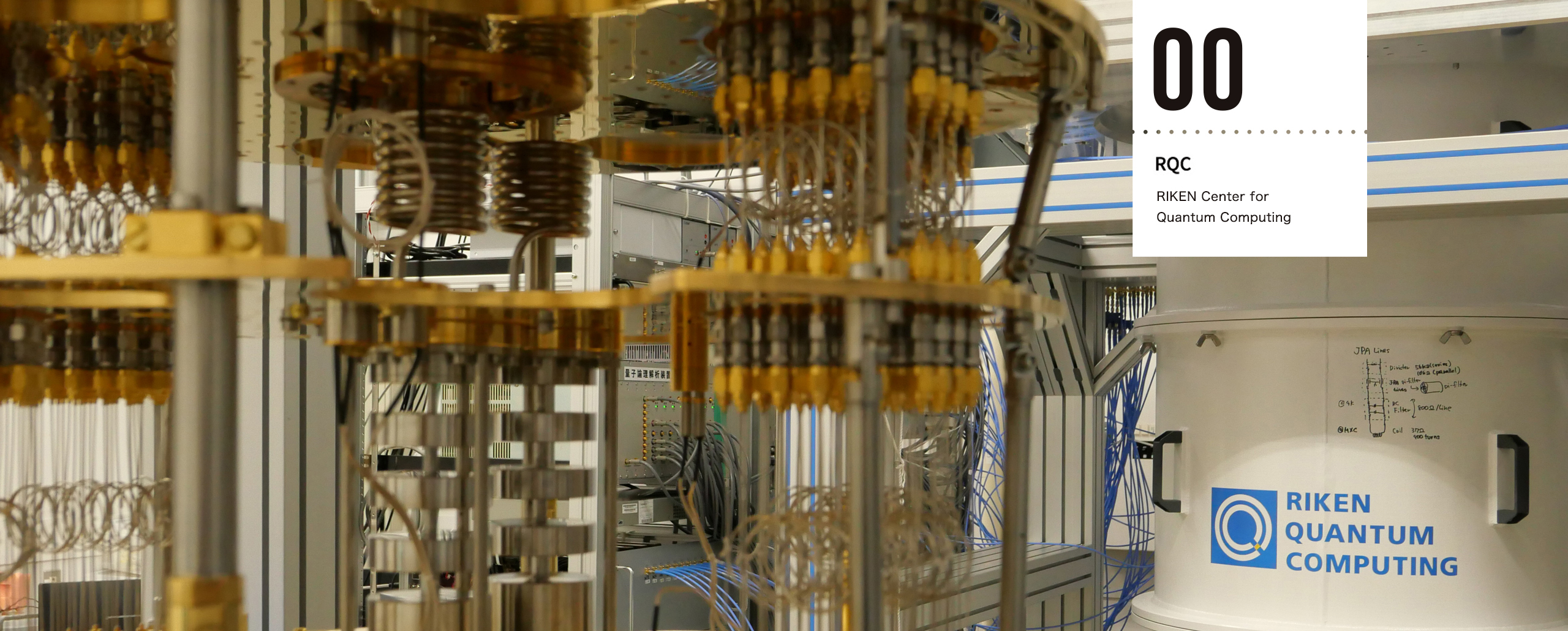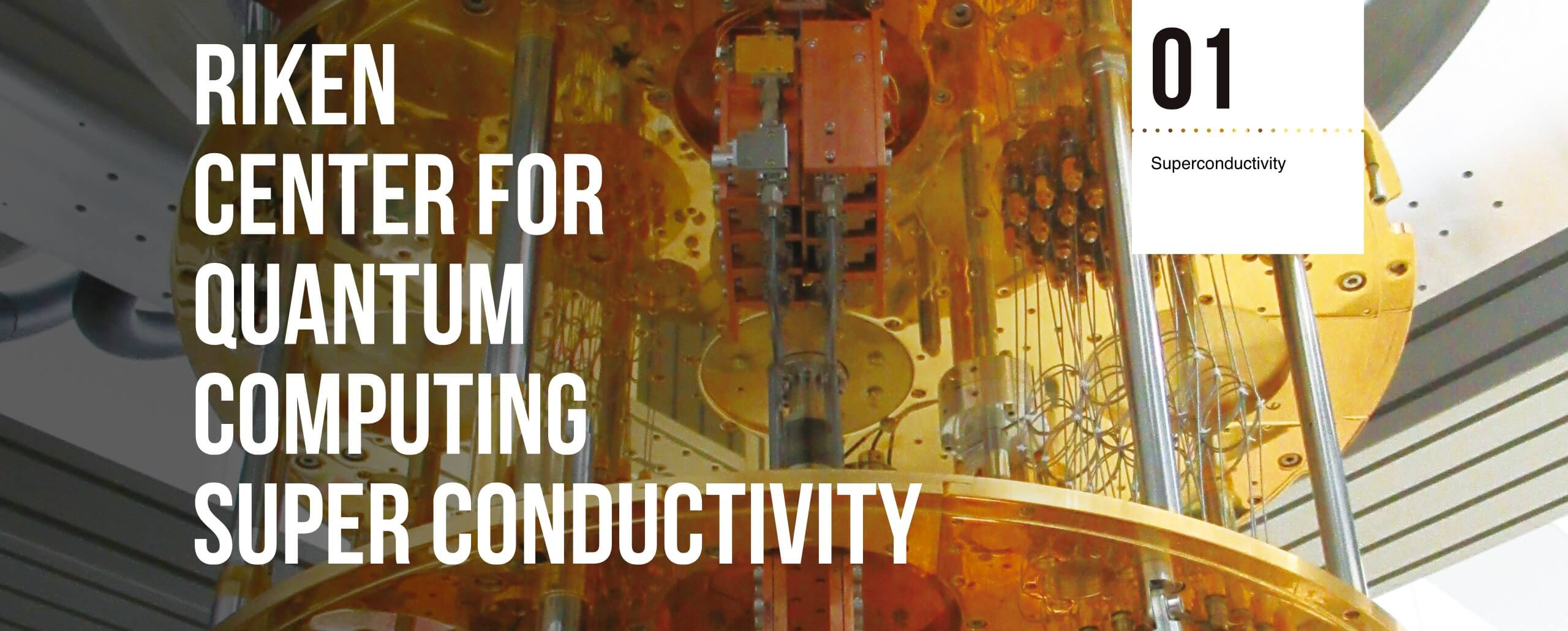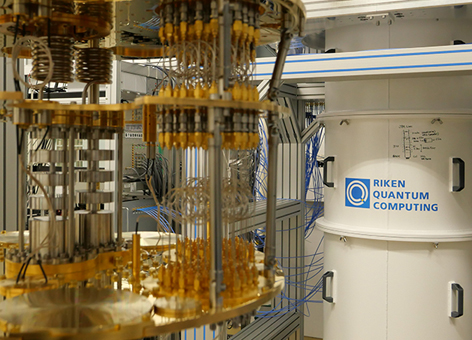News
- Dec,2024News
- TV broadcast, December 28 “NHK Special Quantum entanglement: Einstein’s final conundrum.”
- May, 2024Award report
- Erika Kawakami RIKEN Hakubi Team Leader awarded “the Funai Information Technology Award”
- May,2024Research result
- Scientists show that there is indeed an “entropy” of quantum entanglement
- Mar, 2024Award report
- Japanese joint research group win Prime Minister’s Award with ultra high-performance computing platform using jointly developed 64-qubit quantum computer
- Jan,2024Research result
- Logical states for fault-tolerant quantum computation with propagating light
Events
- Dec.,2025RQC Seminar
- 243rd RQC Seminar will be held on Tuesday, December 9, 2025 Hybrid.(Speaker: Dr. Linus Ekstrom)
- Nov.,2025RQC Seminar
- 234th RQC Seminar will be held on Tuesday, November 11, 2025 held Hybrid.(Speaker: Prof. Li FuLi)
- Nov.,2025RQC Seminar
- 222nd RQC Seminar will be held on Monday, November 10, 2025 held Hybrid.(Speaker: Dr. Alexander Poddubny)
- Nov.,2025RQC Colloquium
- 39th RQC Colloquium will be held on Nov. 7(Fri.), 2025 held Hybrid. (Prof. Kae Nemoto)
Research

 Superconductivity
The Research and Development of Superconducting Quantum Computers
Superconductivity
The Research and Development of Superconducting Quantum Computers
Jaw-Shen Tsai (Superconducting Quantum Simulation Research Team Team Leader)
The superconducting state is a mysterious phenomenon in which the resistance of metal is zero. In this state, all conduction electrons fall into a special quantum state called a single “macroscopic quantum state.” In the macroscopic quantum state, the degrees of freedom of the conduction electrons are limited to only the macroscopic phase and the charge number, and a well-ordered simple physical system is formed.
Like electrons bound by an atomic potential, the quantization of energy occurs in bound quanta. In a superconducting macroscopic quantum state, an energy level appears that is quantized to a macroscopic quantum state by the binding potential generated by a Josephson junction. Different types of superconducting qubits have been created with superconducting circuits containing a Josephson junction.
The first developed superconducting qubit was a circuit called a charge qubit [Nature 398, 786, 1999]. This qubit is characterized by having a superconducting “island” that stores electron pairs. Various improvements were subsequently made to the circuit, and a long-lifetime qubit called a transmon was created. Extensive research has been conducted globally on superconducting quantum computers based on gate operation using this qubit as the base element. The world’s first superconducting quantum computer for commercial use (IBM) and the demonstration of quantum supremacy (Google) were major milestones in global research and development of quantum computing.
In 2003, a “flux qubit” was developed that has a superconducting loop which stores flux quanta. Currently, this quantum bit is applied to quantum annealing circuits. 4000 bit-class quantum annealing integrated circuits have already been developed by D-Wave Systems and are commercially available.
In our laboratory we conduct research and development of various aspects of quantum computers. To resolve the issue of three-dimensional wiring that occurs in integrating qubits, we have proposed a new scalable micro-architecture for quantum computers using a quasi-two-dimensional network [New Journal of Physics, 22, 043013, 2020] and have prototyped an integrated quantum chip based on this architecture. Characteristically, this circuit technique allows all qubits to be placed on the periphery of the chip with nearest-neighbor coupling between the bits maintained. This qubit placement thus has the advantage of implementing I/O wiring using the conventional two-dimensional broadband wiring technique.
The Figure shows an integrated superconducting qubit computer chip (4 x 4 array equivalent) that uses our prototyped 16-bit chip quasi-two-dimensional network. We are evaluating the performance of the circuit and conducting research aiming at further integration.
We are also conducting research on superconducting quantum circuits while using a cluster state. In this research, we succeeded for the first time in creating a one-dimensional cluster state in the time domain along a superconducting path [arXiv:2105.08609]. By reusing the qubits repeatedly in the time domain, we successfully created a 4-qubit equivalent linear cluster state from only two physical qubits with fidelity as high as 59%. We also examined the expectation value for projector witness and confirmed that the created four qubits are in a genuine multipartite entanglement (GME) state. This shows that an entangled state of qubits that exceeds the number of physical superconducting qubits can be created. The complexity of the qubit’s spatial domain is thus reduced, making it possible to create, in the future, a three-dimensional cluster that allows for error correction. We have prototyped a quantum chip that creates an 18-bit cluster state using a quasi-two-dimensional network.
We are also conducting research on quantum annealing circuits using superconducting qubits. We have proposed a new architecture for fully coupling quantum annealing circuits using a resonator network [J. Phys. Soc. Jap. 88, 061011, 2019]. We prototyped an 8-bit full-coupling quantum annealing chip based on this architecture and are evaluating its performance.
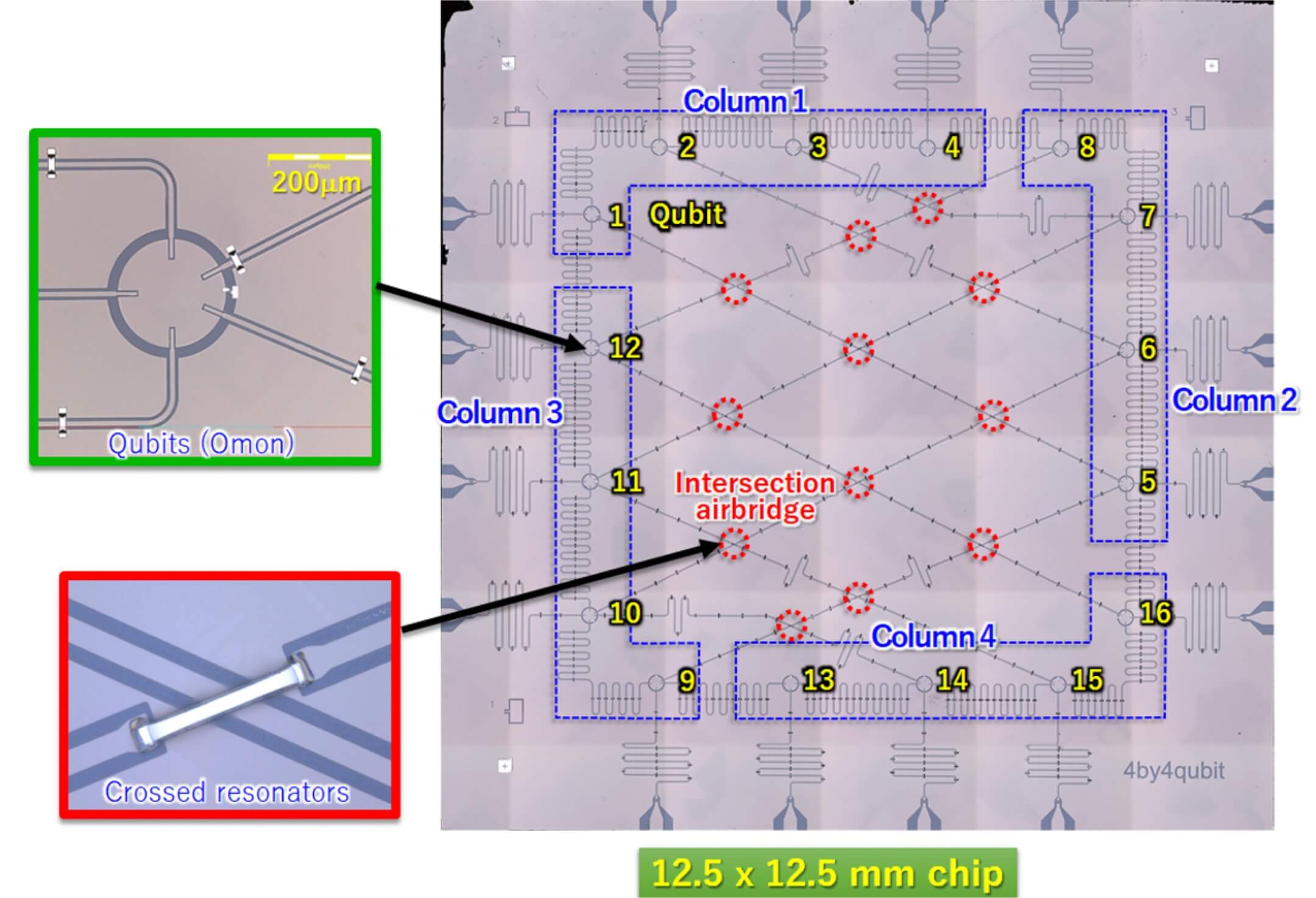 Figure: 16-bit integrated superconducting qubit chip using a quasi-two-dimensional network: the circuit is equivalent to a 4 x 4 array; the figure on the left is an enlarged view of the intersection using an airbridge between the qubit and the resonator.
Figure: 16-bit integrated superconducting qubit chip using a quasi-two-dimensional network: the circuit is equivalent to a 4 x 4 array; the figure on the left is an enlarged view of the intersection using an airbridge between the qubit and the resonator.
Back number
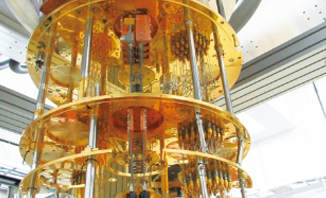
RQC Photo Library ▶︎archive
 RIKEN Center for Quantum Computing
RIKEN Center for Quantum Computing
Super
conductivity
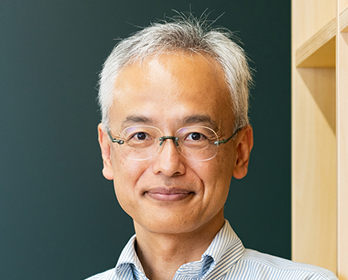
Electronics Research Team RIKEN RQC-FUJITSU
Collaboration Center
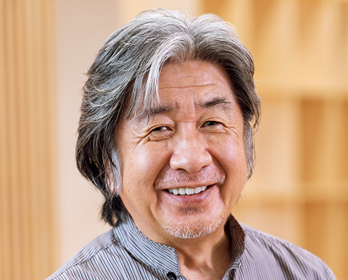
Simulation Research Team
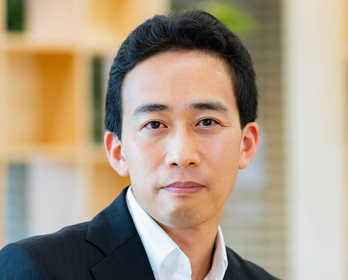
Electronics Joint Research
Unit
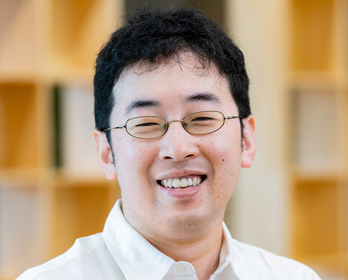
Computing System Research
Unit
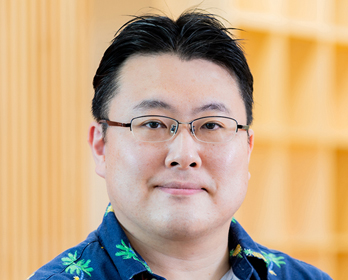
Research Team
Optics /
Atom /
Electron
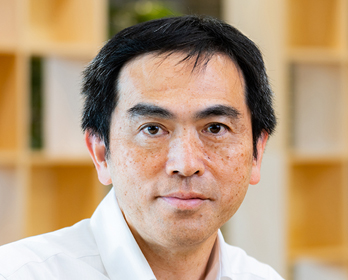
Research Team
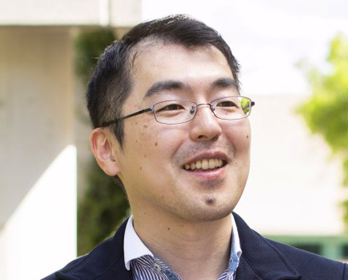
Research Team

Electrodynamics Research Team
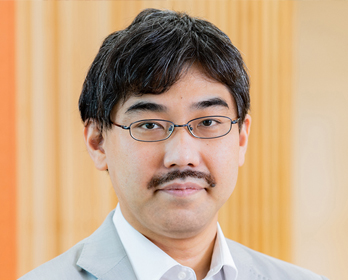
Dynamics Research Team

System Research Team
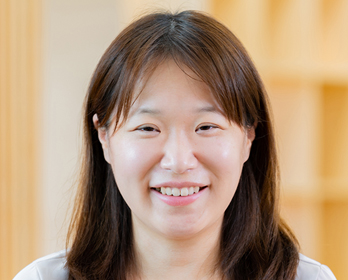
Quantum Information
RIKEN Hakubi Research
Team
Theory
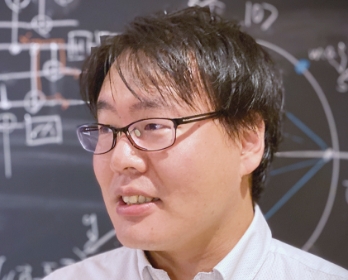
Theory Research Team

Theory Research Team
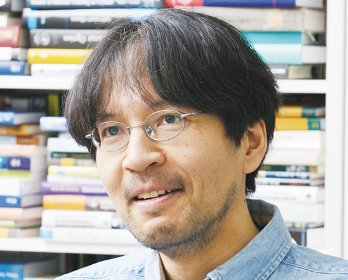
Science Research Team
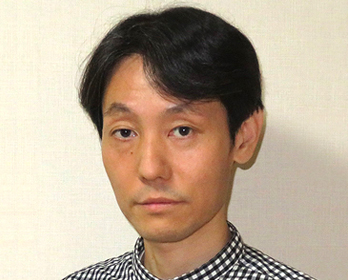
Research Team
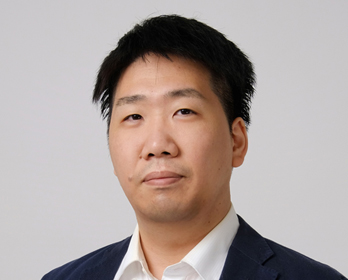
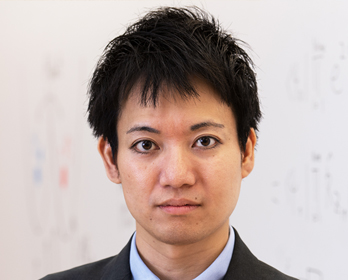
RIKEN Hakubi Research Team


Semi
conductor
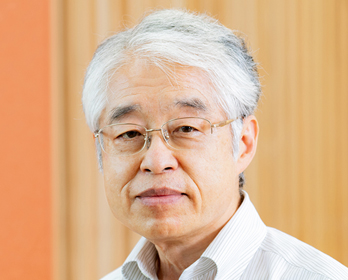
Information Device Research Team
Management
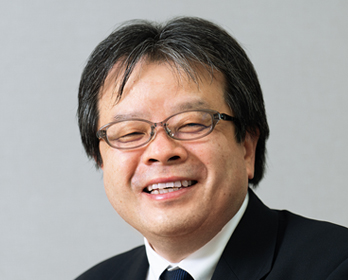
Quantum Computing Office
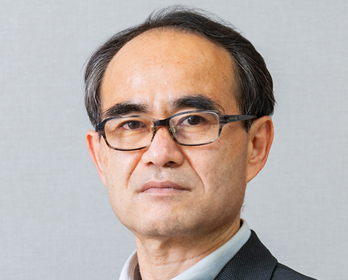
Quantum Computing Office
 Quantum Technology Innovation Hubs(QIH)
Quantum Technology Innovation Hubs(QIH)
Regarding quantum technology, from the perspectives of further increasing the depth of research and human resources that have been accumulated over many years at Japanese universities and research institutes, and of ensuring the diversity of basic research, it is important for the national government to enhance and strengthen continuous support for a wide range of research at institutions.
In addition, from the perspective of securing and strengthening international competitiveness, centering on the technological fields in which Japan retains its strengths and competitiveness, human resources and technologies should be gathered according to the characteristics of the technology. It is extremely important to form hubs where industry, academia and government can collaborate together on open innovation, all through on basic research, technical demonstration, intellectual property management and human resource development, etc. As such international research and development hubs, a new “Quantum Technology Innovation Hubs (International Hubs)" should be established.
The hubs will bring together excellent researchers and engineers from Japan and overseas, centered on national research institutes and universities, attract active investment from companies, etc., and organize collaboration between universities and companies. At the same time, we will develop and build their roles to play as a core for developing human resources in quantum technology field that will lead the future by coordinating connections among multiple universities and graduate schools.(Quantum Technology Innovation Strategy, 21 January 2020, Integrated Innovation Strategy Promotion Council, an informal and tentative translation)
From the perspective of strengthening industrial competitiveness, economic security, quantum technology use, and international competitiveness, we will strengthen Quantum Technology Innovation Hubs by strengthening their functions and establishing new hubs.(Quantum Future Society Vision, 22 April 2022, Integrated Innovation Strategy Promotion Council, an informal and tentative translation)
Quantum Technology Innovation Hubs(QIH)
Quantum Technology Innovation Hubs
Quantum Technology
Innovation Hubs(Headquarters:RIKEN)
Global research and development
for business by quantum-AI technology(AIST)
Quantum computation
pioneering(RIKEN)
Quantum sensing(Tokyo Tech)
Foundational quantum
technology
and quantum
life R&D(QST)(QST)
Quantum material(NIMS)
Quantum solution(Tohoku University)
Quantum-based chemistry for
industry development(THERS)
Quantum technology international
collaboration(OIST)
Quantum security(NICT)
Quantum computer
applications(UTokyo & Business alliance)
Quantum software(Osaka University)

